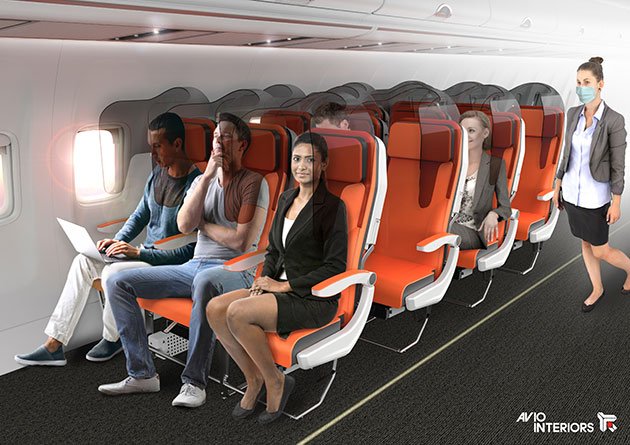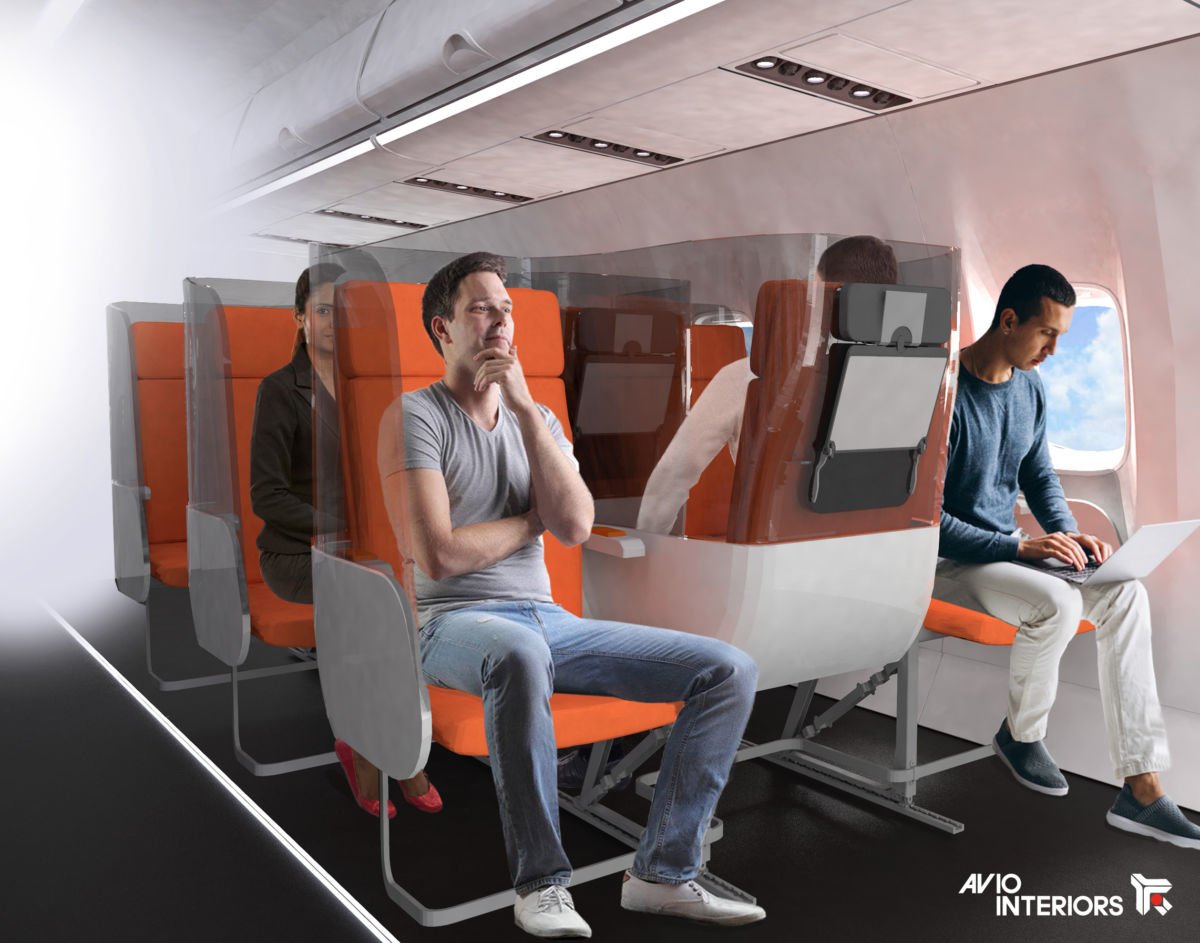Post-pandemic world: Travelling will never be the same again

Coronavirus pandemic has caused a historical turning point that will change the world forever — introducing a ‘new normal’. As one of the most affected industries, what travel and tourism will look like in a post-pandemic world? One thing is for sure, these industries are remarkably resilient, however nothing will never be the same again. Brace yourself.
This pandemic has become a lingering nightmare to everyone, especially to those who love to travel and experience different parts of the world, as government-mandated lockdowns, travel restrictions, and closed borders have become a plain vanilla. It’s too early to say when travel might restart again, but might as well we set your expectation on what will it look like.
Consumer confidence
First, the issue of low consumer confidence index will arise. Consumers, or travellers for this matter, will show lowering degree in optimism in travel and tourism. Based on a study of Journal of Sustainable Tourism, while highly uncertain, early projections from UNWTO (World Tourism Organization) for 2020 suggest international arrivals could decline by 20 to 30% relative to 2019.

Domestic Travel
In relation to the effect of the consumer confidence, once the public health crisis improves, most of the travellers will probably choose domestic travels or any trip within driving distance of people’s homes. Of course, local tourism will improve and benefits will be felt by local businesses, at least.
Being closer to their homes will eliminate the risk of being stuck anywhere unwanted and will help build up traveler confidence to eventually fly around the world once more.

After months of home quarantine, people tend to find lush natural landscapes more appealing than concrete metropolis. Eco-tourism are likely to take a hit in popularity. Expect more tourists flock in eco-resorts and urban destinations like Bohol, Siargao, and Palawan.
Airport’s ‘Intensive’ Safety Measures
Safety measures in airlines sound familiar, right? However, many airports, local and international, will surely introduce ‘intensive’ processes to cater travellers in a post-lockdown world.
During this pandemic, one and two-metre social distancing (excluding people who live together), hand sanitisers distributed throughout the airport and efforts to spread passengers more evenly across terminals have been implemented in airports. In fact, in the US, the Transport Security Administration (TSA) — in accordance with official guidelines — says travellers should wash their hands for 20 seconds before and after the security screening process.

Meanwhile, at Hong Kong International Airport, testing is under way on a full-body disinfectant device. This, the airport says, can sanitise users within 40 seconds, using sprays that kill bacteria and viruses on skin and clothing.
James Thornton, chief executive of Intrepid travel group, says the process of passing through airports is likely to take longer because of stricter checks.
“Just as taking out liquids and devices before going through machines has become the norm, so too will new social distancing guidelines,” he says, adding: “It’s possible we’ll see the introduction of an immunity passport.”
Airplane Experience
In an article published on Futurism, Avio Interiors, an Italian design company, has dreamed up with two airplane seat design concepts that could keep travelers safe — or at least safer — in a post-pandemic world.
These concepts aims to make our air travel experience safer. These could be the possible solutions to the uncomfortable reality of somebody sneezing or coughing next to you on your next flight — that is, if we’ll ever experience air travel again.
Take a look!

According to the website, “Glassafe” concept is a “a kit-level solution that can be installed on existing seats to make close proximity safer among passengers sharing the same seat. In other words, transparent blinders on either side of the seat. The unusual transparent materials still allow passengers to “avoid or minimize contacts and interactions via air, so as to reduce the probability of contamination by viruses or other.”’

The “Janus Seat” is a “two-faced seat” that could allow “three passengers to be separated with a shield made of transparent material that isolates them from each other, creating a protective barrier for everyone.”
Unlike the “Glassafe” concept, the three-seat configuration would require a complete retooling as it isn’t a simple add-on kit for existing airplane seats.





